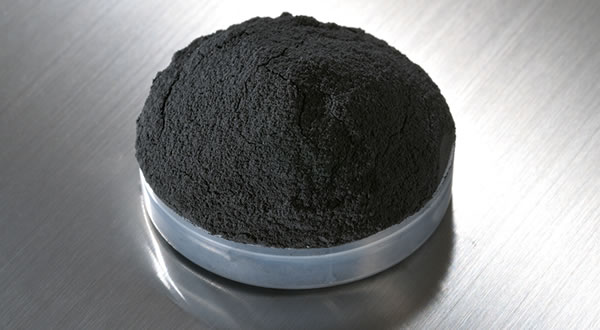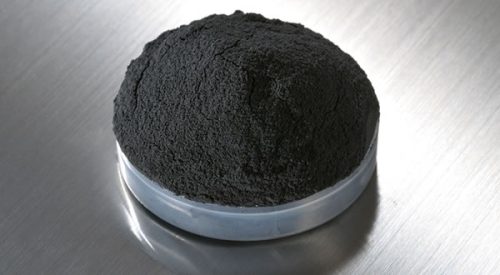Hard carbon refers to difficult-graphitizable carbon, which is a kind of pyrolytic carbon obtained by pyrolyzing high molecular polymers, petrochemical products, biomass, etc. Due to the presence of a large number of H, O, N and other heteroatoms in the precursor, the formation of crystalline regions during heat treatment is hindered, making it difficult to graphitize at high temperatures above 2500°C.
According to the different pyrolytic carbonization temperatures, hard carbon materials can be divided into high-temperature pyrolytic carbon between 1000-1400°C and low-temperature pyrolytic carbon between 500-1000°C. According to different carbon sources, it can be divided into resin carbon (such as phenolic resin, epoxy resin, polyfurfuryl alcohol resin, etc.), organic polymer carbon (such as PVA, PVC, PVDF, PAN, etc.), carbon black (acetylene black prepared by CVD method) etc.), biomass carbon (such as plant residues and shells, etc.), etc.
Hard carbon is conducive to the insertion of lithium without causing significant expansion of the structure, and has good charge and discharge cycle performance. Hard carbon used as anode for lithium-ion batteries is mainly prepared from precursors such as pitch-based, biomass-based, and resin-based.
Precursors for preparing hard carbon include asphalt, biomass, sugar, phenolic resin, organic polymers, etc. Hard carbon materials prepared from different substances show similar charge and discharge curves.
① Preparation of hard carbon from pitch
Pitch-based precursor is a better precursor for hard carbon preparation due to its high carbon residue rate, wide source of raw materials, and low price. However, the preparation of hard carbon from pitch requires pretreatment, because pitch is prone to graphitization to form a graphite-like structure during the carbonization process. Asphalt pretreatment usually uses a cross-linking agent to cross-link the asphalt, changing its microstructure, hindering the growth of graphite crystals during the pyrolysis carbonization process, and performing a solid-phase carbonization process to obtain hard carbon materials; another The method of preparing asphalt is the pre-oxidation method, which uses oxidants to pre-oxidize the asphalt to obtain pre-oxidized asphalt with a certain oxygen content. Due to the presence of oxygen heteroatoms, it is difficult for pitch to form an ordered structure during the pyrolysis and carbonization process, resulting in a hard carbon material with a relatively chaotic microstructure.
② Preparation of hard carbon from biomass
Biomass has a wide range of sources, is green and environmentally friendly, and has rich heteroatoms and unique microstructure, which can be used as a precursor for the preparation of hard carbon. Some researchers have used grapefruit peel as a carbon source to prepare hard carbon materials. Their research believes that the excellent lithium insertion performance of the prepared sample is closely related to the unique pore structure of the material. This structure helps the material fully contact the electrolyte, providing channels and more lithium insertion sites for Li+ transport within the material.
③ Preparation of hard carbon from organic polymers
Compared with biomass, the molecular structure of organic polymers is relatively simple and controllable. The relevant molecular structure can be designed as needed. It is an excellent precursor for preparing hard carbon. Some researchers used phenolic resin as the carbon precursor and obtained resin-based hard carbon materials through pyrolysis and carbonization, and used them as negative electrode materials for lithium-ion batteries and electrode materials for supercapacitors. The lithium-ion battery capacity can reach 526mAh·g- 1. The first Coulomb efficiency can reach 80%.
The above is an introduction to the characteristics of hard carbon and its preparation. Hard carbon has a large number of microporous structures and a layered structure with a larger interlayer spacing than graphite, which allows lithium ions to be quickly deintercalated and has excellent rate performance. Some hard carbon materials have higher lithium storage performance than traditional graphite anode materials. Therefore, hard carbon is also regarded as a promising anode material. With the advancement of technology and in-depth research, I believe that the application of hard carbon materials in lithium battery anodes will also develop its own world.


